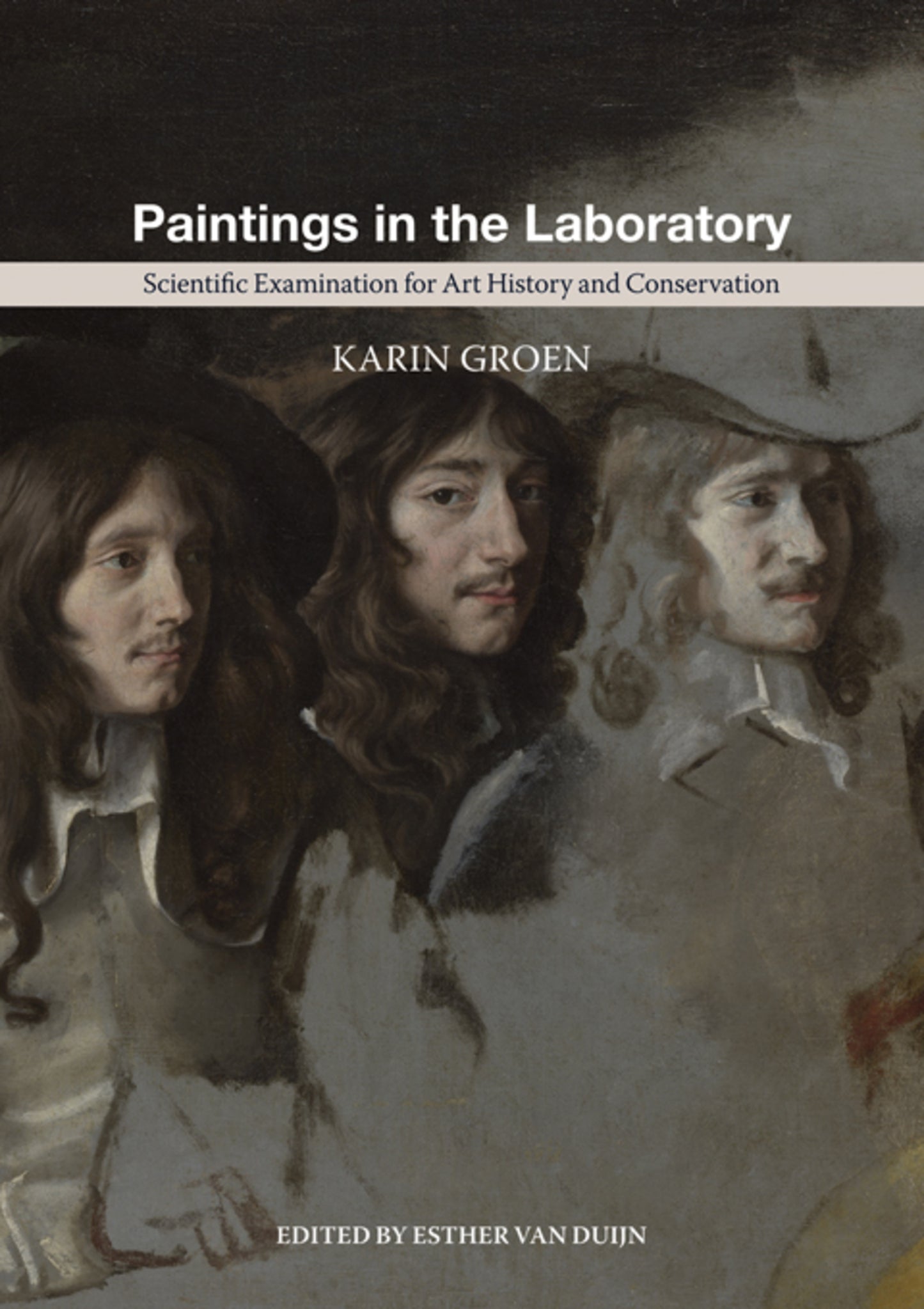We're sorry. An error has occurred
Please cancel or retry.
Paintings in the Laboratory

Some error occured while loading the Quick View. Please close the Quick View and try reloading the page.
Couldn't load pickup availability
- Format:
-
01 August 2014

This volume reflects and celebrates the life of Karin Groen (1941-2013) and her work in the scientific examination of paintings. It contains a selection of her ground breaking articles published in this field over the past decades, and will continue to be a source of inspiration for a new generation of scientists, restorer-conservators and art historians. She was particularly involved in the Rembrandt Research Project, systematically examining Rembrandt's paintings and the knowledge she gleaned of the composition and build-up of (quartz) ground layers provided useful additional information for the attribution of paintings to Rembrandt and his workshop. Her methods, in which paintings are examined in close collaboration between the scientist and the restorer-conservator, always focussed on the question 'How did the artist do it?'. This book includes studies not only on paintings by Rembrandt but also on those painted by Frans Hals, Judith Leyster and Johannes Vermeer as well as studies of changes in painter�s materials, such as the pigments in Dutch still-life paintings, and in works by Lucas Van Leyden, Claude Lorrain and others.

ART / Conservation & Preservation, Conservation, restoration and care of artworks

Paintings in the Laboratory�is a selection of the published work of scientist Karin Groen (1941-2013) and commemorates a highly distinguished and pioneering career. [...] The articles published here reflect the broad range of interests and knowledge of the author, and within these pages the reader will witness a wide range of analytical techniques as well as research into the culture, economics and even geology of the Netherlands in the 17th century. Throughout the volume, the author's enthusiasm, knowledge and experience is reflected in clear and fluent text [...]
This volume, well illustrated and attractively presented, is a highly interesting, stimulating read for conservators and demonstrates how rich and rewarding the scientific study of paintings can be. Karin Groen's achievements in technical art history and conservation science, and her accomplishments in promoting multidisciplinary research, set a very high standard for those who follow.
Introduction: In memoriam: Karin Groen
Introduction: Perspectives on the evolution of science for art history and conservation, and its current state
Part I - Grounds and binding media
Chapter 1 - Halcyon days for art history
Chapter 2 - Grounds in Rembrandt�s workshop and in paintings by his contemporaries
Chapter 3 - Earth Matters. The origin of the material used for the preparation of the Night watch and many other canvases in Rembrandt�s workshop after 1640
Chapter 4 - In the beginning there was red
Chapter 5 - Investigation of the use of the binding medium by Rembrandt. Chemical analysis and theology
Part II - Changing colours
Chapter 6 - Towards identification of brown discolouration on green paint
Chapter 7 - �Towards identification of brown discolouration on green paint� revisited
Chapter 8 - �The foliage tends almost to blue�
Chapter 9 - Scanning electron-microscopy as an aid in the study of blanching
Part III - Study of painting techniques
Chapter 10 - Frans Hals: a technical examination (Co-author: Ella Hendriks)
Chapter 11 - Judith Leyster: a technical examination of her work (Co-author: Ella Hendriks)
Chapter 12 - Scientific examination of Vermeer�s Girl with the Pearl Earring (Co-authors: Inez van der Werf, Klaas Jan van den Berg and Jaap J. Boon)
Summary
Samenvatting
Bibliography
Acknowledgements



